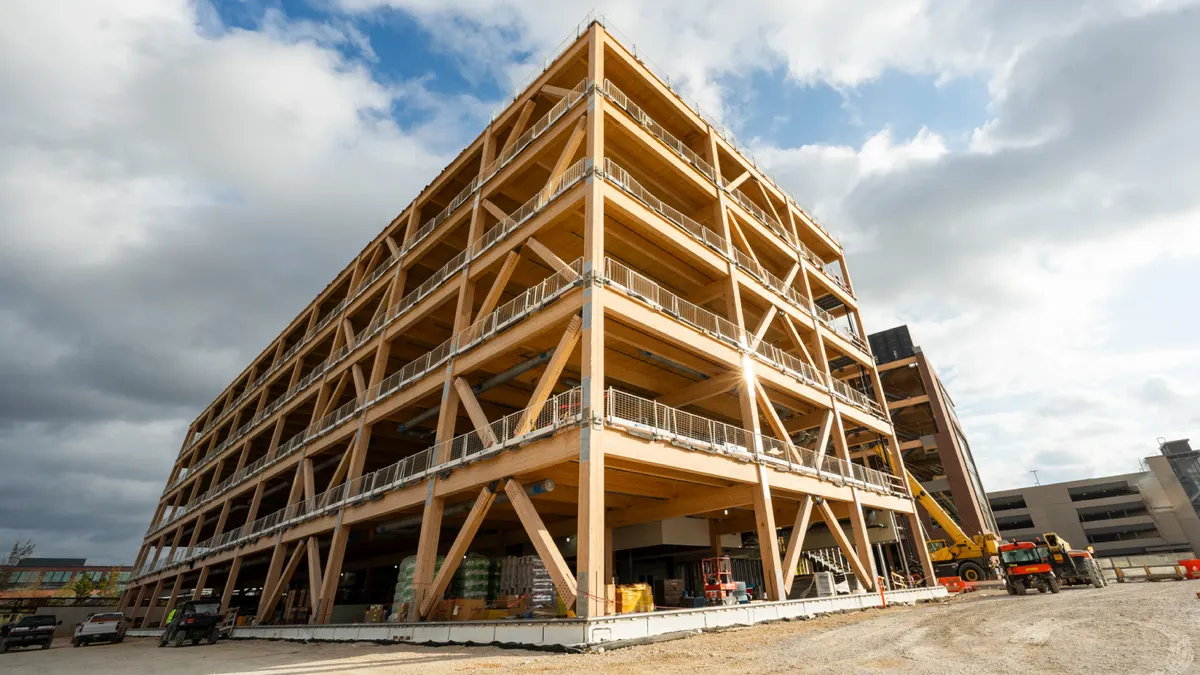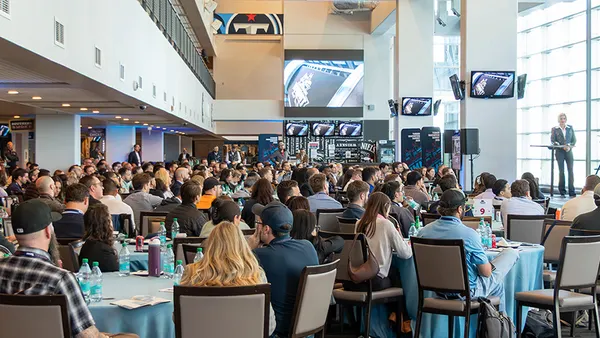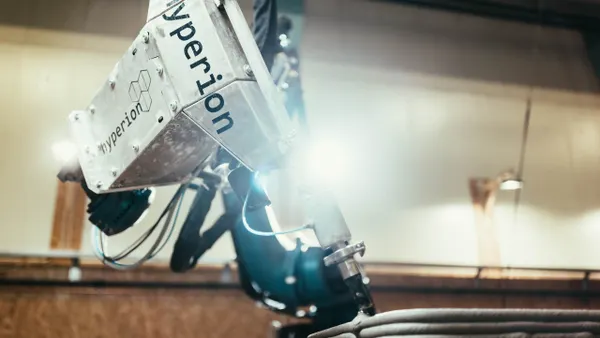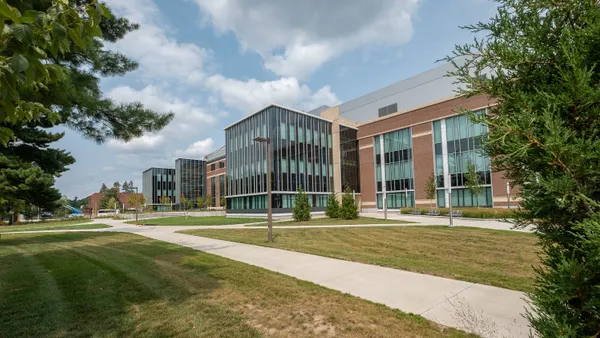Dive Brief:
- Engineer, designer and "robot tamer" Madeline Gannon has developed a gesture-based control software, Quipt, to help industrial robots better understand and interact with the users who are controlling them, Gizmodo reported. Quipt pairs markers worn on a person’s hands or neck with a motion capture system to allow a robot to see and respond to signals from the user while each safely shares the same space.
- Gannon said she was inspired to create Quipt as a way to make interaction between industrial robots and people safer and easier to use in uncontrolled settings like construction sites, which are vastly different than the highly controlled settings of the factory floor. With Quipt, Gannon said, humans and robots can follow, mirror and avoid one another while completing tasks.
- Gannon said the next step with industrial robots is augmentation of human abilities rather than total automation of tasks, which removes humans from the process entirely, according to Gizmodo.
Dive Insight:
Instead of programming a robot through code, Quipt models human-robot communication based on body language so that industrial robots have spatial awareness and spatial behaviors that are necessary to work in close proximity to humans outside of traditional settings, Gizmodo reported. This allows the human to point, gesture and posture as a way of directing the robot’s actions.
Austrian architect Wolf D. Prix made news in October when he announced he was using robots in the construction of his Museum of Contemporary Art and Planning Exhibition project in Shenzhen, China.
The Coop Himmelb(l)au founder said that combining robotics and 3-D printing could ease the building of complex structures in the future and could also help quickly and cost-effectively build refugee housing by letting robots put together 3-D-printed, prefabricated parts.
Perhaps the most solid example of robotics used in construction to date is Hadrian, the bricklaying robot, which creators have said works about 20 times faster than a human and can lay 1,000 bricks per hour, which, according to Hadrian’s engineers, works out to about 150 homes a year.













